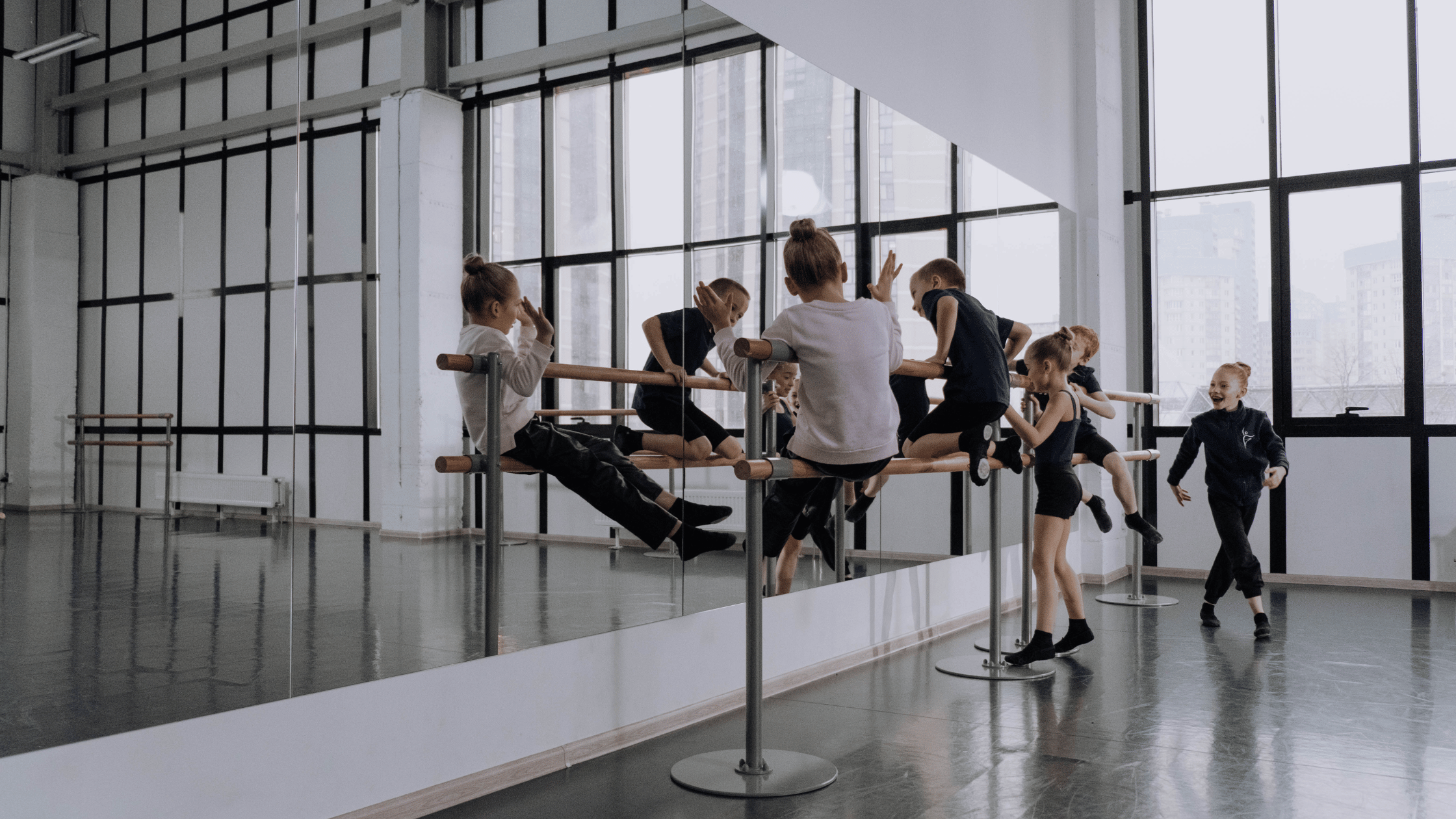Understanding the Costs of Dance Classes: A Comprehensive Guide

Licensed Physical Therapist, PT, DPT // EW Motion Therapy Trussville
Dance classes offer a unique blend of physical activity, artistic expression, and social interaction. Whether you’re a beginner looking to take up a new hobby or an experienced dancer aiming to hone your skills, understanding the costs involved is essential to determine your budget. This guide aims to demystify the expenses associated with dance classes, including the average prices of equipment and how costs can vary between different types of dance. Physical therapy can often be an essential part of a dancer’s routine - we love helping our dancers at EW Motion Therapy ensure that their bodies can meet the demands of their sport. Even if you decide our services don’t fit your needs, this guide should help you feel educated and confident in making well-informed choices that best fit your budget and dance goals.
Average costs of dance classes
Dance class prices can vary widely based on factors such as the type of dance, the location of the studio, the experience level of the instructor, and the length and frequency of classes. However, to give you a starting point:
- Group classes: On average, group dance classes can range from $10 to $25 per session. These classes offer a cost-effective way to learn dance, providing a social environment where you can meet other dancers at your level.
- Private lessons: If you’re seeking personalized attention, private lessons are the way to go, though they come at a higher cost, typically ranging from $50 to $100 per hour.
Remember, these are average costs and can vary widely. Researching and comparing prices in your local area or online platforms offering virtual classes is essential.
Equipment and attire costs
Investing in the right equipment and attire can enhance your dance experience, ensuring comfort and preventing injuries. Here’s what to expect in terms of costs:
- Footwear: Proper dance shoes are crucial. For ballet, slippers can cost between $15 and $40, while tap and jazz shoes can range from $30 to $70. Ballroom and Latin dance shoes might cost you $60 to $120.
- Attire: Comfortable and appropriate clothing is essential for any dance class. Basic leotards and tights for ballet cost between $20 and $50, while hip-hop attire can be more casual and less expensive, depending on what you already have in your wardrobe.
- Accessories: Depending on the dance style, you may need additional accessories like ballet barres for home practice, costing around $100 to $200, or yoga mats for contemporary classes, typically around $20 to $50.
Variation in dance class prices
The type of dance class can significantly impact the cost. For example:
- Ballet: Known for its discipline and technical requirements, ballet classes can be higher due to the need for specialized instructors and facilities.
- Hip-Hop: Generally, hip-hop classes are less expensive than ballet, as they may not require as much specialized flooring or attire.
- Ballroom: These classes can vary in price depending on whether you opt for group sessions or private lessons aimed at couples preparing for events like weddings.
Understanding these differences will help you choose a dance style that aligns with both your interests and budget.
Several factors can affect the price of dance classes:
- Location: Studios in urban areas or cities with a higher cost of living typically charge more than those in rural areas.
- Instructor’s expertise: Experienced instructors or those with professional credentials usually command higher fees.
- Facility amenities: Studios with state-of-the-art facilities, such as sprung floors and professional sound systems, may have higher class prices.
- Class size and frequency: Smaller class sizes offer more personalized attention but often come at a higher cost. Similarly, the more frequent the classes, the higher the overall cost.
Tips for determining your dance budget
- Assess your goals: Are you dancing for fun, fitness, or professional development? Your goals will influence how much you should invest in classes and equipment.
- Research and compare: Look into multiple dance studios and online class options to compare prices and offerings.
- Consider package deals: Some studios offer discounts for buying classes in bulk or signing up for longer-term memberships.
- Start with the basics: If you’re new to dance, start with less expensive classes and basic equipment. As you progress, you can invest more in specialized attire and advanced classes.
- Set a monthly limit: Determine what you can reasonably afford to spend on dance classes and equipment each month without straining your finances.
By understanding the factors that influence the costs of dance classes and being mindful of your budget, you can make choices that allow you to enjoy dancing without breaking the bank. Remember, the value of dance extends beyond monetary costs—it can enrich your life with joy, health, and creativity. Ensuring your body can keep up with the demands of being a dancer is essential to a healthy and long career - physical therapy is often instrumental, which is why we love working with dancers at EW Motion Therapy. If you want to learn more about how physical therapy can be an integral part of your dance career, click the button below to download our answers to 20 frequently asked questions.


